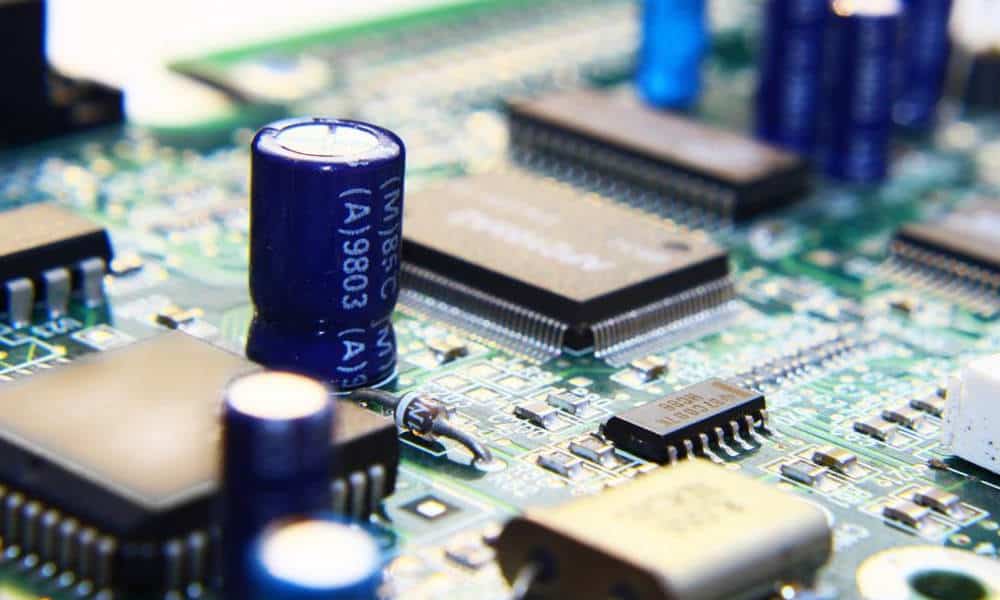It can be difficult to locate a reliable electronic component supplier. One mistake could delay the job, lead to subpar parts, and increase costs. Making an informed choice is vital given the market’s abundance of possibilities.
According to a report by Supply Chain Dive, 73% of businesses have problems after the pandemic because their suppliers aren’t reliable. This shows how important it is to pick the right partner to ensure quality, stability, and trust. Here’s how to go about the process so that your business is ready to succeed without any extra stress.
Choosing the Right Supplier; A Step-by-Step Process
Electronic parts are the basis of all technical progress and invention. These parts run everything, from small electronics to important industrial systems. A broken or late part can stop output, waste resources, and hurt your reputation in the market.
Therefore, choosing a dependable service will make sure that your inventory network stays stable and that your things keep working as they should. Here is a list of steps that will help you:
Step 1 – Verify the Supplier’s Credibility
First, you should figure out how reliable the supplier is. There is no disputing this. The past of a supplier reveals a lot about its commitment to quality. Investigate certifications like ISO 9001 or other industry standards that demonstrate their adherence to quality practices.
Other than that, you can look at and read reviews from current and past customers. Examined and reviewed suppliers often uphold their claims. Suppliers who have been around for a long time are less likely to fail. Maintaining a positive relationship with their clients is also a good idea. Most likely, they know how to deal with high standards and huge demands if they supply big names in the field. It’s said, “Trust but check.”
Step 2 – Assess Product Quality Standards
It’s the quality of the parts that makes a supplier reliable. A low-quality part can cause huge problems later on, so you need to check the quality right away. To compare product quality standards, you can do the following:
- Request product samples to test for longevity, usefulness, and compliance with specifications. This helps you figure out if the parts meet your wants.
- Check the specifications in the datasheets against how the product actually works. Every difference here is a red flag.
- Check to see if the supplier meets safety and environmental standards by seeing if they have certifications like RoHS or CE.
Suppliers such as Fairview Microwave and IPC International exemplify high standards in product quality, making them reliable examples. You should never work with a supplier who skimps on quality; it’s not worth the risk.
Step 3 – Evaluate Supply Chain Practices
How the supplier handles the supply chain can have a big effect on how smoothly your business runs. When the supply chain is strong and well-run, there are fewer delays and things go more smoothly. You can evaluate supply chain methods using the following criteria:
- Find out how they keep track of their supplies. If a supplier keeps important parts in stock, they are less likely to cause delays.
- Find out how long it takes to get parts that aren’t in stock or are custom-made. Transparency is crucial here.
- Know what their backup plans are. How do they deal with sudden problems like not having enough materials or shipping being late?
ReliabiSuppliers who are transparent about timelines and unforeseen events demonstrate reliability.If timeliness is important to you, it’s also important to check their geographical proximity; a supplier closer to your business may be able to send items more quickly.
Step 4 – Comprehend Pricing and Guarantee Terms
Price is often the first thing people think about, but a good deal is more than just numbers on a bill. To avoid unpleasant surprises, you should investigate the provider’s cost estimate and guarantee terms. To do this, you need to do the following:
- Check their prices against averages in the industry, but don’t pick the cheapest one. There are times when prices that seem too good to be true come with secret costs.
- Check to see how they handle warranties. A reliable supplier guarantees the quality of their goods and offers precise guidelines for returns or exchanges.
- Look over how they handle returns. Will they pay for sending broken parts, or will you have to pay for it yourself?
A supplier that is honest about their price and warranty terms shows that they care about their customers. If something isn’t clear to you, don’t be afraid to ask for help. If you want to avoid guilt, it’s better to be clear right away.
Step 5 – Test Customer Support Quality
Last but not least, how much a supplier values their customers is often reflected in the quality of their customer support. A good supplier gives you high-quality parts and is quick to fix any problems that come up. Checking the quality of customer support is pretty simple with these tips:
- Before you agree to a supplier, get in touch with them and ask a few questions.
- Take note of how quickly and completely they answer.
- Find a person you can talk to directly, like an account manager, who can make it easier to talk about ongoing needs.
- Find out about support after the sale.
It’s important to have good customer support. When problems come up, a quick team can save a lot of time and prevent unnecessary anger.
Final Words
Finding a reliable electronic component supplier requires study, checking out, and talking to a lot of different people. You can ensure that your supply chain is based on stable ground by following these steps. A reliable partner will ensure your business grows by delivering goods on time.
